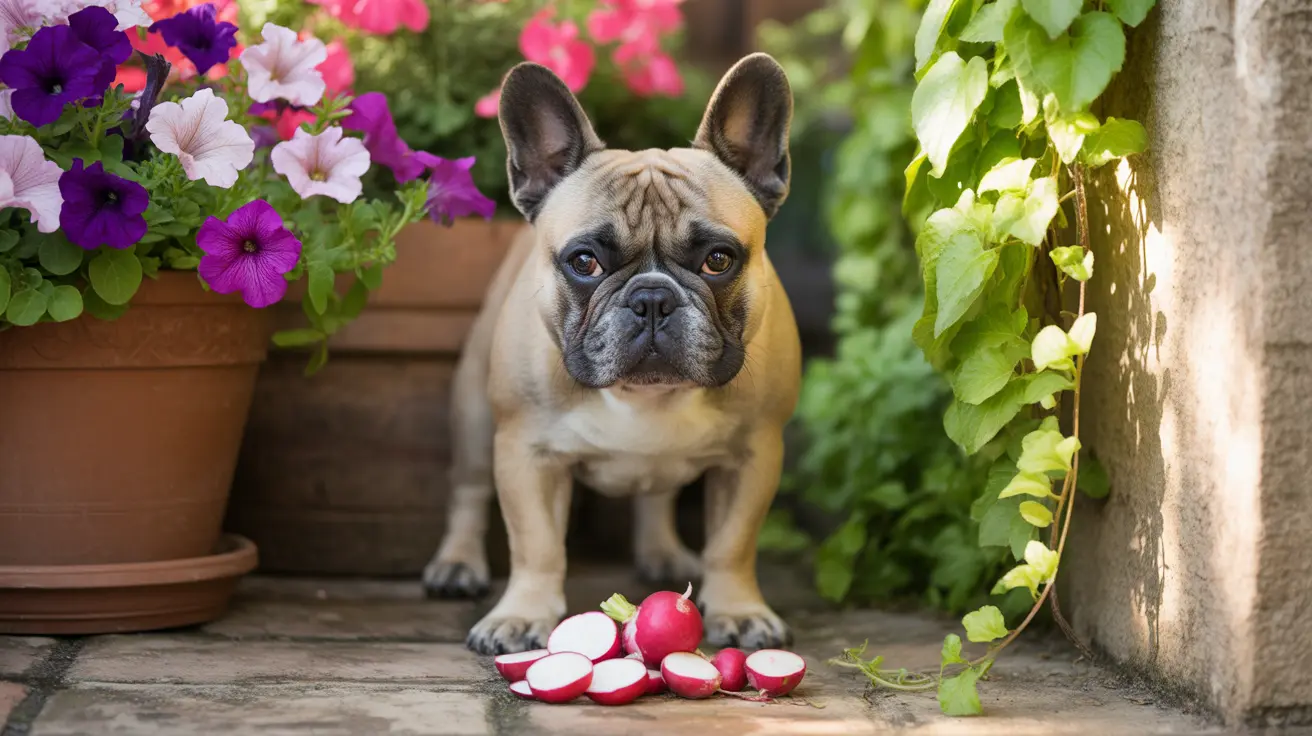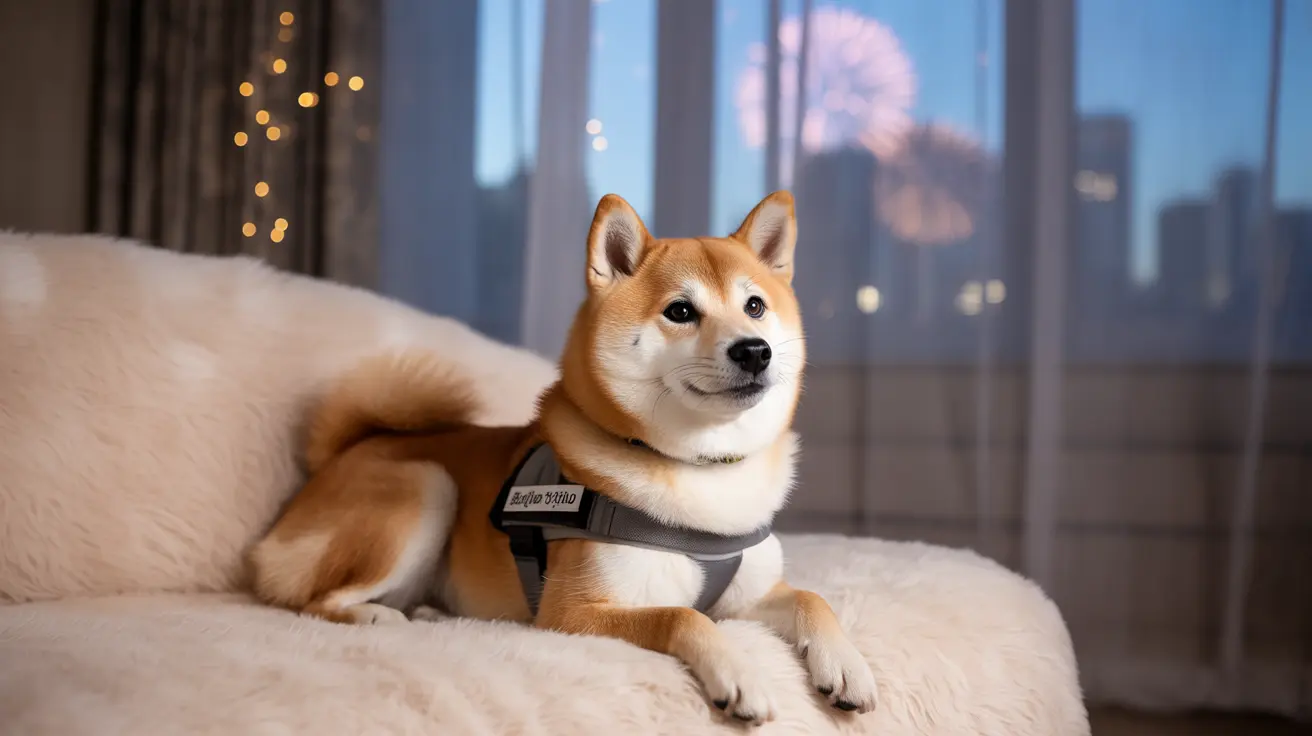How Dogs Show Affection: Understanding Canine Love
Dogs have lived alongside humans for thousands of years, evolving from wild companion hunters to loyal domestic pets. Along this journey, they’ve developed unique ways of expressing affection for their human counterparts. Understanding these behaviors not only deepens the bond between you and your dog but also strengthens communication, trust, and mutual well-being.
Common Ways Dogs Show Affection
- Licking: A natural behavior from puppyhood, licking is used by dogs to bond with their mother—and later, their humans. It releases endorphins, creating a sense of comfort and happiness.
- Leaning: When a dog leans its full weight on you, it's similar to a full-body hug. It indicates comfort, trust, and a desire for closeness.
- Bringing Toys: A dog offering you toys or other prized objects is showing trust and acknowledging you as part of their pack or social group.
- Nudging: A light nudge with the nose often seeks attention or signals that your dog wants affection or playtime.
- Sighs and Groans: These soft vocalizations usually happen when dogs are content and relaxed, often lying next to someone they love.
- Eye Contact: Maintaining gentle eye contact releases oxytocin, the 'love hormone,' in both dog and human. Dogs have even evolved facial muscles to enhance this type of affectionate gaze.
- Sleeping Nearby: Dogs that sleep close to you view you as a pack member and find comfort and safety in your presence.
- Exposing the Belly: Rolling onto their back is a vulnerable position, indicating deep trust and often seeking affection in return.
- Following You: Dogs are pack animals. If your pup follows you from room to room, it's a strong sign of attachment and desire to stay connected.
- Smiling: A relaxed dog face with soft eyes and slightly raised lips can be a sign of happiness, a 'smile' typically seen in dogs who are at ease with their human companions.
Body Language and Emotional Signals
- Facial Expressions: Expressive eyebrows and facial muscle movements are unique to domesticated dogs and help them better communicate with humans.
- Tail Wagging: A loosely wagging tail, often in circular or full-body motions, typically signals joy and affection. Tail height and body posture provide further context.
- Jumping Around: When a dog greets you with euphoric jumping, it's an unmistakable sign of excitement and attachment.
- Roughhousing: Playful wrestling or mock-fighting, when done gently and within boundaries, can be a form of social bonding and affection.
- Jealousy: Dogs can act jealous if their owner shows affection to others. This behavior underscores their deep connection with their primary human.
Cognitive and Emotional Affection
- Stealing Scented Items: Items like socks or shoes carry your scent. Dogs may hoard them when they miss you, finding solace in your smell.
- Recognizing Names: Many dogs learn and respond to the names of their favorite people or pets, showing awareness and desire for connection.
- Greeting Rituals: A dog’s energetic welcome, regardless of whether you’ve been gone for 5 minutes or 5 hours, displays enduring love and joy.
- Cuddling: Physical closeness boosts oxytocin in both you and your dog, strengthening the emotional bond significantly.
- Comforting You: Sensing your emotions, dogs may approach gently when you're upset, offering comfort through presence or gifts like toys.
- Protective Actions: Barking at unfamiliar noise or standing between you and a perceived threat shows loyalty and protective affection.
What Science Says About the Dog-Human Bond
- MRI Studies: Brain scans reveal that a dog’s reward center lights up in response to their owner's scent.
- Oxytocin Boosts: Both species experience oxytocin increases during affectionate interactions like cuddling or eye contact.
- Expressive Muscles: Dogs developed special facial muscles after domestication, including those used to make 'puppy-dog eyes' that tug at human heartstrings.
- Sound Recognition: Dogs, like humans, process emotional tones in the auditory cortex, allowing them to pick up on your moods and vocal cues.
Respecting Individual Preferences
Not all dogs express or enjoy affection the same way. Understanding and respecting your dog’s comfort level—whether they like snuggling or prefer personal space—ensures that affection is positive for both of you.
Training and Affection
Affection is also a tool in behavior shaping. Rewarding calm and appropriate behavior with affection reinforces good habits. Avoid giving attention when the behavior is demanding or inappropriate to prevent reinforcing unwanted habits.
The Myth of Dominance
Modern researchers reject the outdated dominance theory once applied from wolf behavior. Dogs, rather than trying to dominate humans, are more focused on companionship and nurturing connections. Their affection is not about control; it's about relationship.
Final Thoughts
Canine affection is multifaceted, rooted in both instinct and deep co-evolution with humans. Recognizing and responding to these behaviors not only nurtures your pet’s emotional health but also enriches your own life with loyalty, love, and emotional warmth found in no other species.





